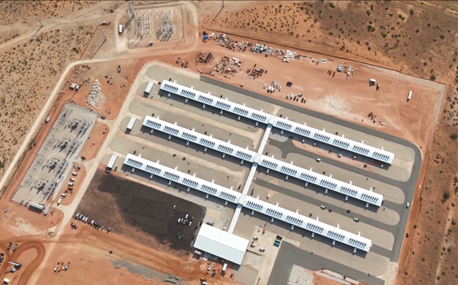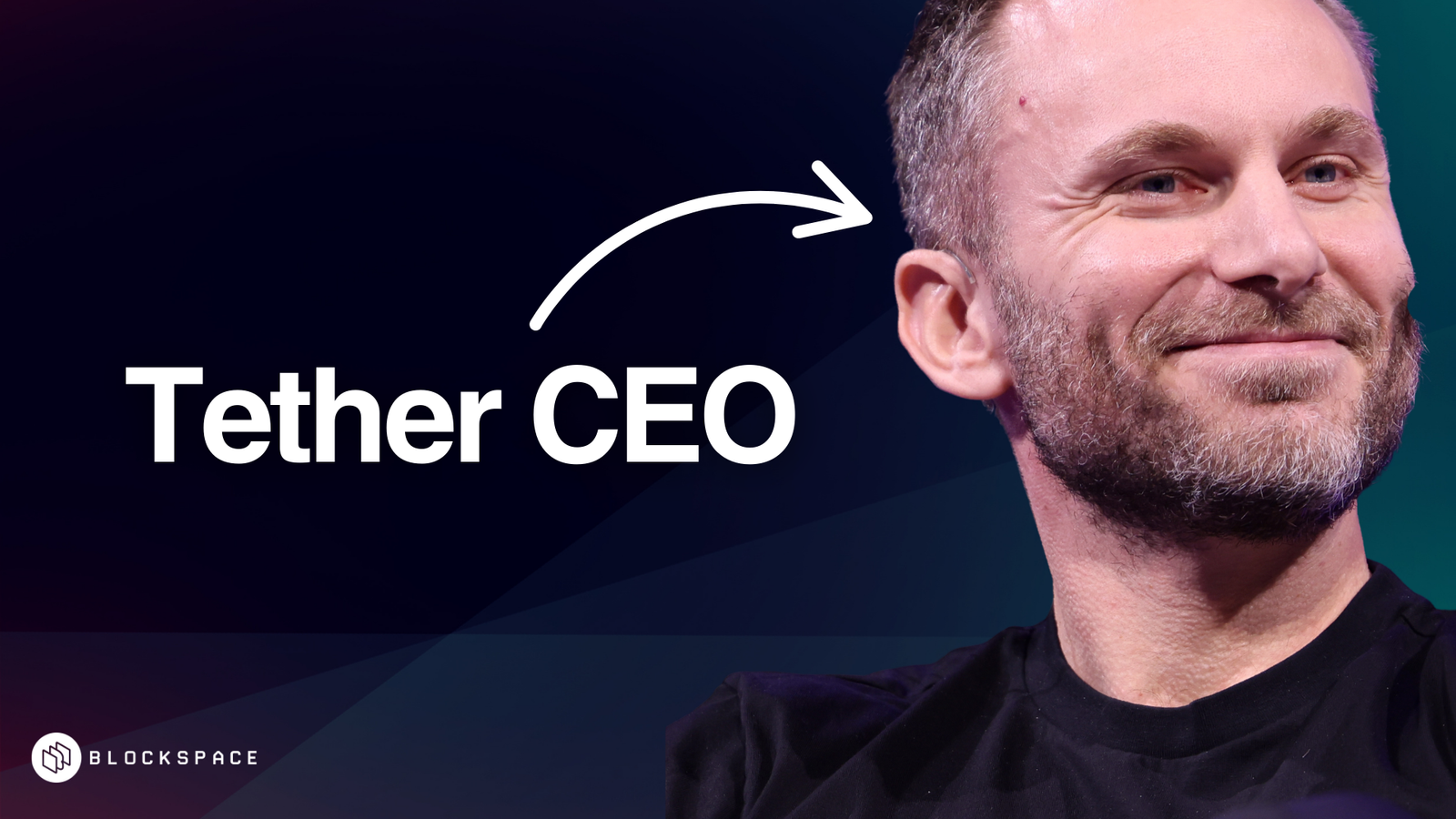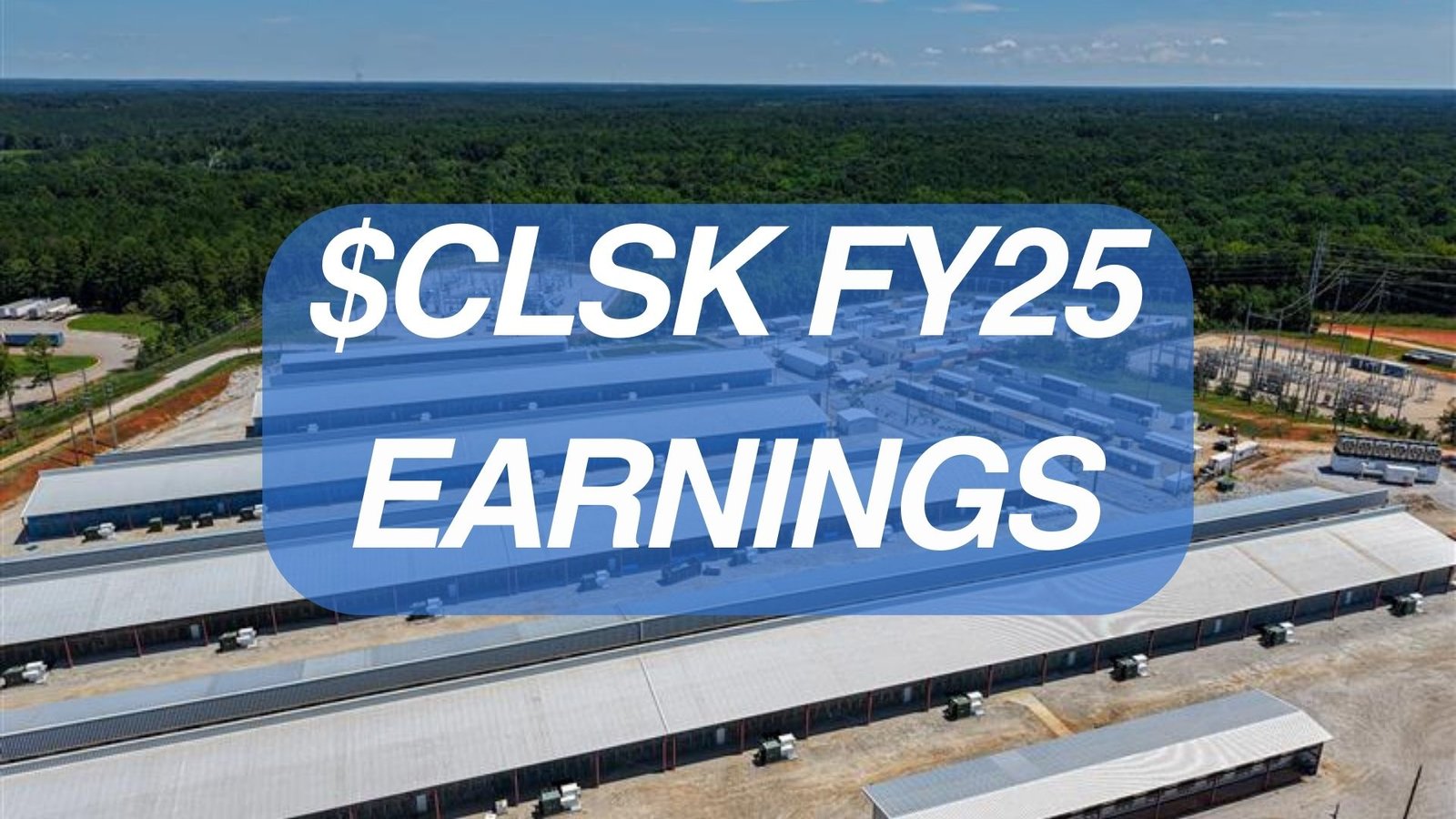Soft fork discussion and ordinals MEV games are evolving in tandem right now. If you find it hard to keep up, no pressure – we’re here to get you up to speed on the high points of the conversation.
A shortlist of resources on the topic:
- Bitcoin Season 2: MEV
- The Spectre of MEV on Bitcoin
- Origins of MEV on Bitcoin and it’s antecedent on Ethereum
- Stop calling it MEV
What is MEV?
Originally called Miner Extractable Value, Maximum Extractible Value (or MEV) is the value extracted by power users and block producers(miners, validators, etc) from apps and users by maximizing the profit they can generate from a given block. Extraction typically involves transaction insertion, manipulation, or censorship, which sometimes entails reordering a chain’s blocks. MEV is generally considered undesirable because it can incentivize mining/validating centralization, but methods on how to respond to MEV (actual or potential) are varied and the subject of hot debate everywhere in crypto. MEV is also a broad term encompassing many different things – it can be something as simple as Ordinals sniping to sophisticated proposer-builder dynamics on chains like Ethereum.
Historically, MEV has primarily happened on other blockchains like Ethereum and Solana. We’ve seen minimal MEV-esque activity on Bitcoin until Ordinals and Runes came to the fore. Since the rise of Ordinals, MEV on Bitcoin discussion has crept into more mainstream discourse, especially as critics warn that a potential soft fork like OP_CAT could introduce “unknown unknowns” if Bitcoin becomes more expressive.
What is “MEVil” or toxic MEV?
Certain forms of MEV are generally considered worse than others because they either challenge a blockchain’s censorship resistance or they make it very difficult for a node to accurately estimate a transaction fee. Worse, if certain forms of MEV proliferate enough, some have fears that a user must use these tools in order to effectively transact, making the system inaccessible to all but the most sophisticated users.
An example of this would be in the case of private order flow – deals where block producers acquire transactions privately instead of pulling them from a public mempool or similar repository. Theoretically, a transactor might require a trusted third party to deliver their transaction to a block producer because of some off-chain contractual agreement or because alternative ordering of the transactions is disproportionately profitable.
There are forms of non-toxic MEV. I would classify Ordinals sniping as non-toxic MEV; it is a secondary layer of consensus on Bitcoin which does not materially affect transaction inclusion for 99% of Bitcoin users. Additionally, it takes place on the open market (the mempool), and it just takes advantage of the mispricing of an asset on Bitcoin in real time.
How heterogenous assets encourage MEV
I and many others have pointed out that the incentive for MEV activities increases with the prevalence of multiple different types of digital assets on a blockchain. When the total value of a transaction is no longer just the fee attached to it, then inevitably (or iMEVitably) there’s a greater incentive to reorder it. For example, if a Bitcoin transaction sends asset X from A to B in addition to the native token of the chain (BTC), then the transaction actually represents more than just BTC. Bitcoin’s decentralization game theory partially relies on participants being able to accurately estimate the value of transactions – distorting this degrades the system.
OP_CAT, MEV, and expressivity
Critics of OP_CAT and similar soft fork proposals claim that changes to Bitcoin which make it more expressive may in turn allow more powerful forms of MEV. Bitcoin’s design is comparatively simple to other smart contract blockchains like Ethereum. This means that Bitcoin currently cannot run an automated market maker (AMM) or decentralized exchange (DEX) on-chain like Ethereum can, and AMMs/DEXs have historically been the progenitors of the lion’s share of MEV on their respective chains. OP_CAT may enable forms of AMMs, but that is still a very limited early-stage discussion as far as I can tell. The real danger from an MEV standpoint is if the order book for an AMM/DEX makes its way on-chain; lacking this, the same MEV opportunities would not exist like they do on Ethereum.
The current conversation on OP_CAT and MEV
Right now, critics have put forth very few (if any) specific examples of destructive MEV resulting from a soft fork like OP_CAT. In fact, some former critics of OP_CAT have come around to saying that the MEV incentive from this particular opcode is limited and overblown.

Currently it seems that the overwhelming majority of bitcoin engineers are not deeply concerned about the risks of the MEV unknown-unknowns that could result from one of the more prominent soft fork proposals like OP_CAT. In fact, many proponents of the opcode say that OP_CAT will be simulated regardless using SHA-1 hash collisions – how’s that for an unknown unknown?
The conversation is still very early and constantly evolving. We’ll try to cover major breakthroughs in this narrative over the coming months!






